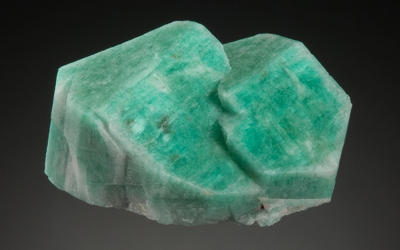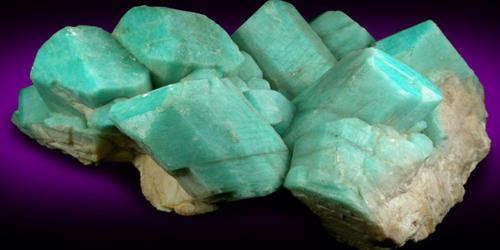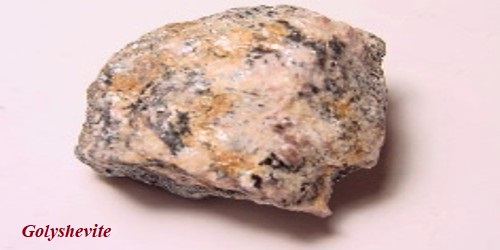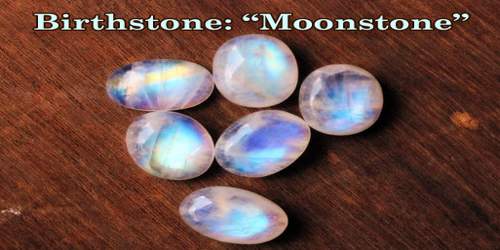Microcline (KAlSi3O8) is polymorphous with Orthoclase and Sanidine. It is an important igneous rock-forming tectosilicate mineral. It is the form of potassium feldspar that is stable at the lowest temperatures. It is a potassium-rich alkali feldspar. Microcline typically contains minor amounts of sodium. It is common in granite and pegmatites. Microcline forms during slow cooling of orthoclase; it is more stable at lower temperatures than orthoclase. Sanidine is a polymorph of alkali feldspar stable at yet higher temperatures.
Microcline is commonly used for the manufacturing of porcelain. It was the name given in 1830 by Johann Friedrich August Breithaupt to a reddish to brownish feldspar from Arendal, Norway, and feldspar with bluish schiller from Stavern, Norway, in allusion to the small departure from monoclinic symmetry.
General Information
- Crystal system: Triclinic
- Category: Tectosilicate
- Color: White, grey, greyish-yellow, yellowish, tan, salmon-pink, bluish-green, green.
- Pleochroism: N/A
- Specific Gravity: 2.5-2.6

Fig: Microcline – igneous rock-forming tectosilicate mineral
Properties
Microcline crystallizes in the triclinic system, and Orthoclase and Sanidine crystallize in the monoclinic system. It may be clear, white, pale-yellow, brick-red, or green; it is generally characterized by cross-hatch twinning that forms as a result of the transformation of monoclinic orthoclase into triclinic microcline. It may be chemically the same as monoclinic orthoclase, but because it belongs to the triclinic crystal system, the prism angle is slightly less than right angles; hence the name “microcline” from the Greek “small slope.” It can be colorless, white, cream to pale yellow, salmon pink to red, or bright green to blue-green.
- Extinction Habit/Angle: Inclined extinction to cleavage
- Composition: K(AlSi3O8)
- Tenacity: Brittle
- Length Slow/Fast: N/A
- Optic Sign: Biaxial negative
- Diaphaneity Transparent, Translucent
- Streak: White
- Luster: Vitreous
- Mohs Scale (hardness): 6-6.5
Microcline is identical to orthoclase in many physical properties and can be distinguished by x-ray or optical examination. When viewed under a polarizing microscope, microcline exhibits a minute multiple twinning which forms a grating-like structure that is unmistakable.
Occurrences
Microcline is found at Baveno, Italy; Kragerø, Nor.; Madagascar; and, as amazonstone, in the Urals, Russia, and Florissant, Colo., U.S. The largest documented single crystals of microcline were found in Devils Hole Beryl Mine, Colorado, the US, and measured ~50x36x14 m. This could be one of the largest crystals of any material found so far. The mineral occurs in feldspar-rich rocks, such as granite, syenite, and granodiorite. It is found in granite pegmatites and in metamorphic rocks, such as gneisses and schists.
Microcline sometimes forms in association with Albite or other Plagioclase feldspars in alternating patterns and forms a feldspar rock known as Perthite.
Information Source:
















